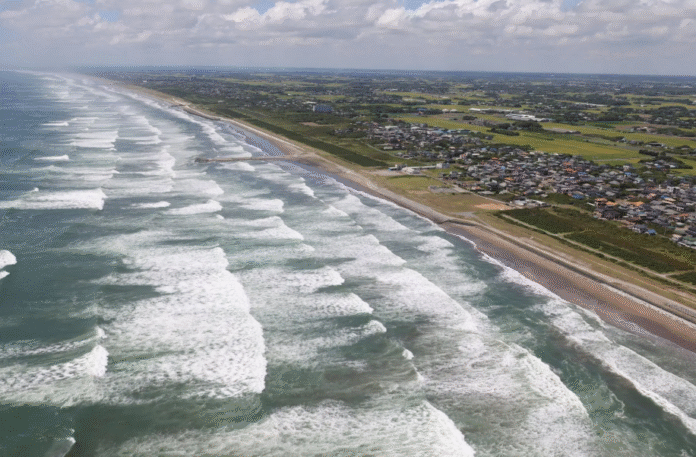On July 30, 2025, a quake measuring 8.8 on the Richter scale struck the ocean floor close to the Kamchatka Peninsula in Russia, instigating a tsunami warning in California. The quake’s surface-level rupture, coupled with its high magnitute, sparked tsunami warnings across the pacific, despite the quake’s origin being a few thousand kilometers away from the us. In California, the authorities made sure to preemptively restrcit access to beaches and began evacuating low-lying areas Bay Area.
Northern California Under Direct Tsunami Warning
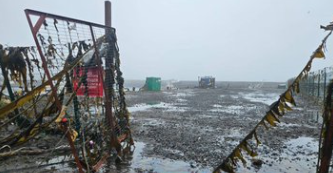
The highest level of concern was in Northern California, especially from Cape Mendocino to the Oregon state border. This region was placed under an official tsunami warning — meaning dangerous waves were expected to reach the shore. Local officials in Del Norte, Humboldt, and Mendocino counties activated emergency sirens, sent out mobile alerts, and used radio broadcasts to warn residents. Crescent City, a town with a long history of tsunami damage, launched its full emergency response plan and advised people living near the harbor to be ready to evacuate.
Crescent City Braces for Waves Up to Five Feet

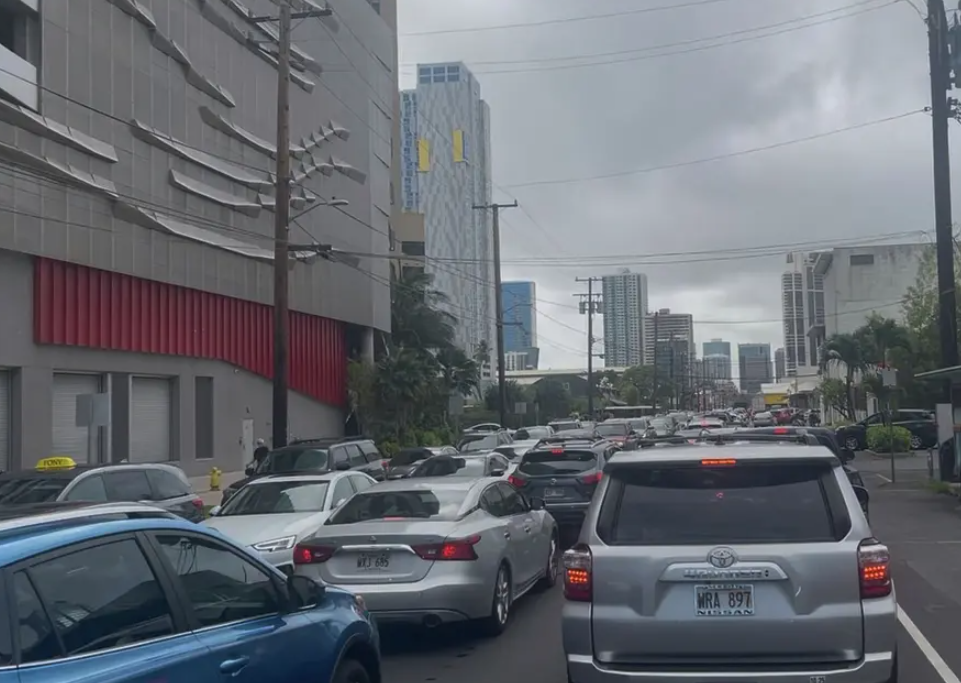
Crescent City was expected to experience the strongest impact in the state. Emergency officials predicted waves ranging from 3 to 5 feet high, with the first one expected around 11:50 The highest level of concern was in Northern California, especially from Cape Mendocino to the Oregon state border. This region was placed under an official tsunami warning — meaning dangerous waves were expected to reach the shore. Local officials in Del Norte, Humboldt, and Mendocino counties activated emergency sirens, sent out mobile alerts, and used radio broadcasts to warn residents. Crescent City, a town with a long history of tsunami damage, launched its full emergency response plan and advised people living near the harbor to be ready p.m. PDT. This coastal city experienced a deadly tsunami in 1964 that killed 12 people and caused major destruction to the harbor. Because of that, Crescent City now has one of the most advanced tsunami warning systems in California. On July 30, the system was fully activated, and boat owners were told to either move their vessels into deeper water or secure them at the docks.
Central and Southern California Remain Under Advisory
While Northern California was under a direct tsunami warning, other regions including San Francisco, Los Angeles, and San Diego — were placed under a tsunami advisory. This implies that there could still be dangerous strong currents along with surging of waves and localized flooding, even if the wave height is expected to be lower. It was made clear that a tsunami is dangerous even without the expected enormous waves. Even a 1- to 2-foot wave can knock someone off their feet, damage boats, or flood nearby infrastructure.
Estimated Wave Arrival Times Along California’s Coast
The National Weather Service released estimated wave arrival times for several parts of the California coastline:
| Fort Bragg | 11:50 p.m. |
| Monterey | 12:15 a.m. |
| San Francisco | 12:40 a.m. |
| Los Angeles Harbor | 1:05 a.m. |
| Newport Beach & La Jolla | 1:10–1:15 a.m. |
Officials also warned that the first wave is not always the largest. Multiple waves could follow, and the threat may continue for 6 to 12 hours after the initial arrival.
California Beaches Ordered Closed Overnight
As a precaution, all public beaches along the California coast were ordered closed for the night. In cities like Los Angeles, San Diego, and Orange County, police and lifeguards cleared beaches by 10:00 p.m. Warning signs were posted, and some coastal roads were blocked off to keep people away from harbors and low-lying areas. Depending on how wave activity continues, the advisory could remain in effect through the early morning.
Harbors and Marinas Take Emergency Measures

Ports and marinas across California — from Crescent City in the north to San Pedro in the south — shifted to emergency operations. Boat owners were advised to either move their vessels into deeper waters or secure them immediately. In Santa Cruz Harbor, all docks were closed, and boats were told not to enter or leave. Similar measures were taken in Ventura, Long Beach, and Oakland. As of midnight, no major damage had been reported, but authorities remained on high alert.
Hawaii Connections and Other Flights Affected by Delays
Hawaii and California flight routes experienced delays due to Hawaii airports awaiting possible wave activity. Flights from and to LAX, San Diego, and San Francisco were put on hold, redirected, or delayed. Although Hawaii did not directly experience any of California’s wave activity, this was due to the Pacific region-wide California response.
California Emergency Services on High Alert
Governor Gavin Newsom’s office confirmed that the State Operations Center was fully activated. Emergency services along the coast — including Cal OES, fire departments, sheriff’s offices, and coastal safety teams — were working in full coordination. Alerts were sent to residents via mobile phones, freeway signs, and TV news channels. The main focus was on public safety and fast communication, especially in high-risk areas like Crescent City and Humboldt Bay.
What Californians Should Know About the Tsunami Risk
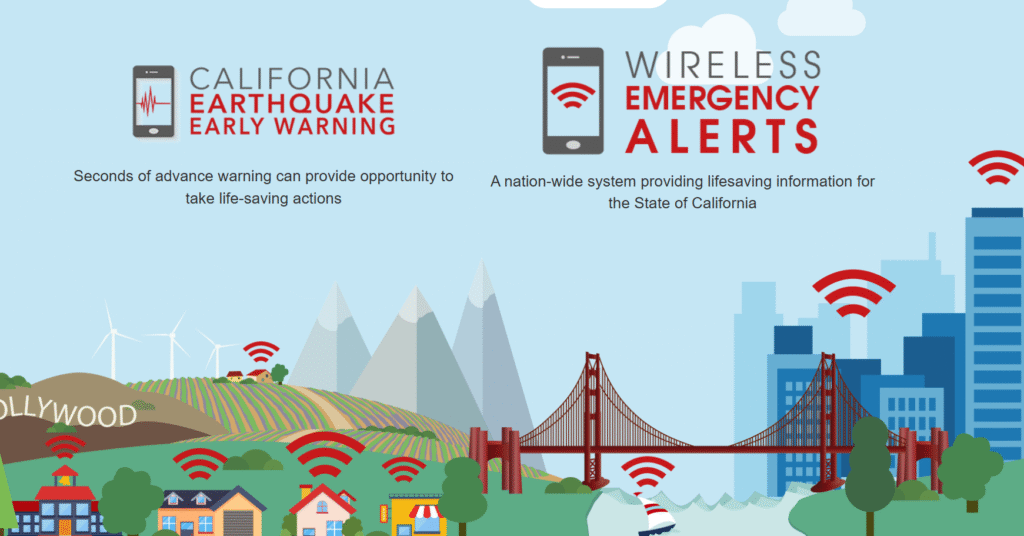
Officials reminded the public that although tsunamis are rare in California, they can still be extremely dangerous. The state’s long coastline makes it vulnerable to waves generated by powerful earthquakes — even those far away. Depending on the quake’s location and the shape of the seafloor, tsunami waves can reach California’s shores within 6 to 12 hours. That’s why it’s important for people to take every tsunami alert seriously.
Safety Tips Issued by California Tsunami Experts
Experts repeated the most important safety tips during this time:
- If you’re in a tsunami advisory zone, stay far away from the beach, ocean, and harbors.
- Don’t go to the shore to “watch the waves.” It’s extremely risky.
- Only return to coastal areas after officials say it is safe.
- If you feel a strong or long-lasting earthquake, go to higher ground or move inland immediately.
- Verify updates only with official channels — steer clear of unsourced notifications on social media or messaging applications.
Final Clarification: There is no need for panic, however, stay vigilant and on high alert.
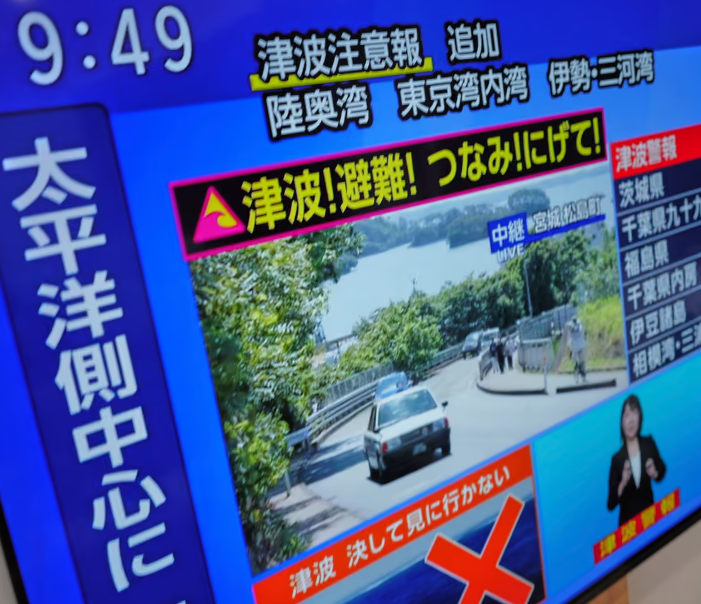
Currently, there has been no significant injury or damage reported to California concerning tsunami activity. Though, there is still a risk, particularly for the Northern California region. There is a need for keeping the population composed, assuring them to stay informed, and adhering to emergency protocols. This is a strong example of the potential tsunamis there are due to earthquakes occurring many miles away from a country. The only way to remain safe is to stay prepared and alert. — Article Concluded —
Stay cautious, stay away from the ocean, and trust only official alerts.


